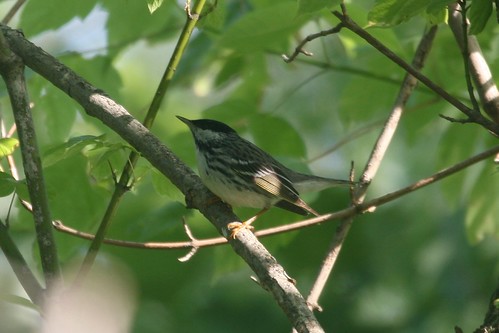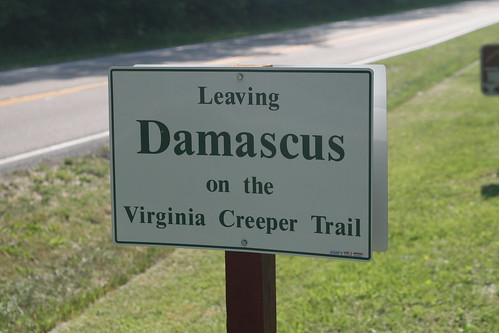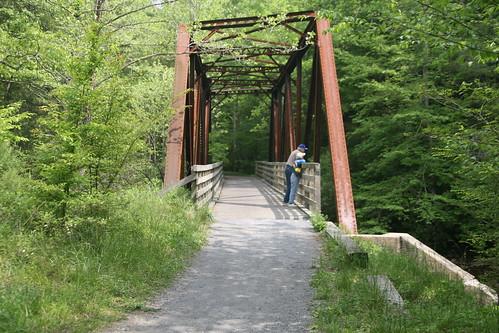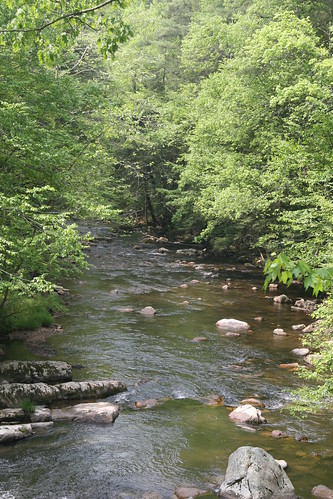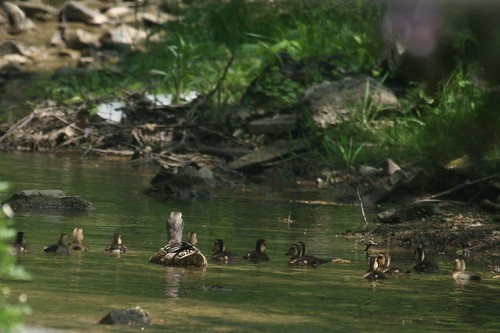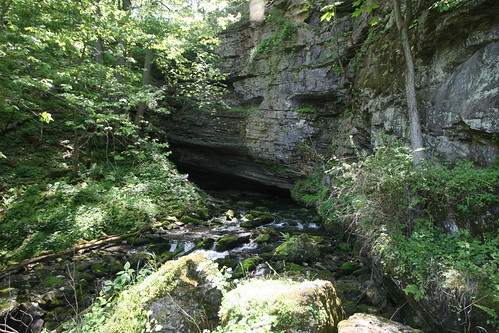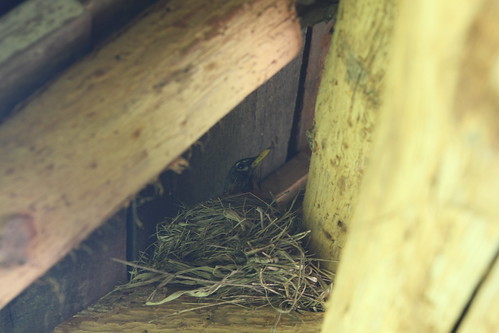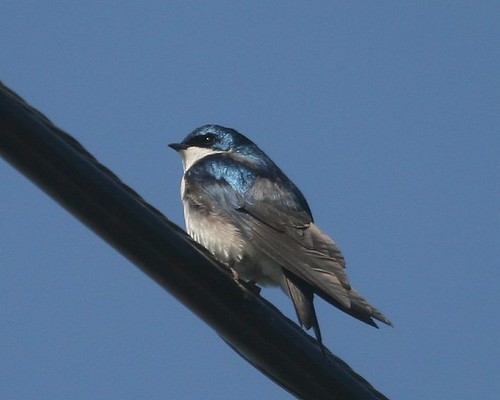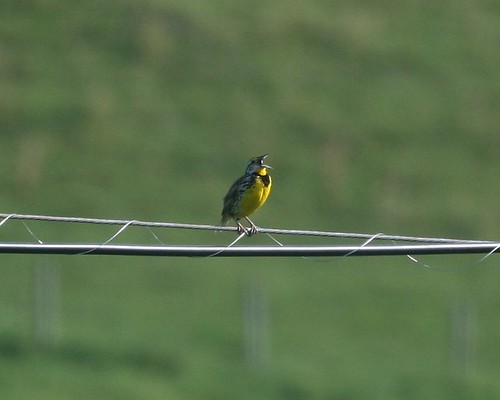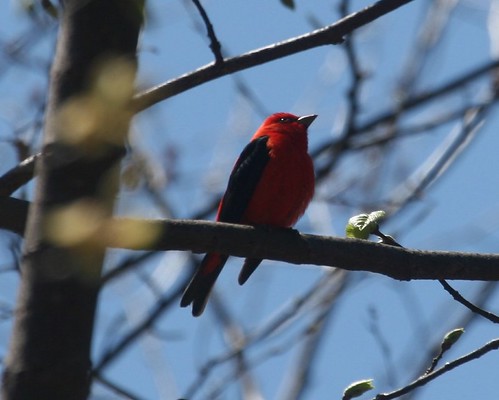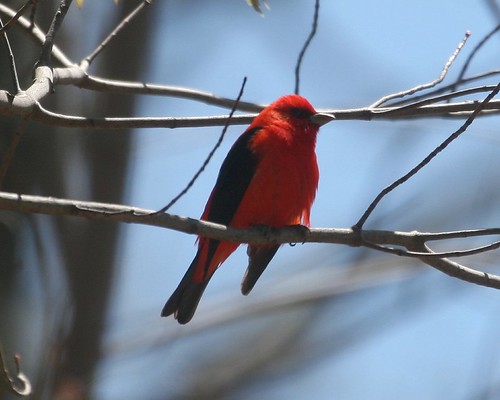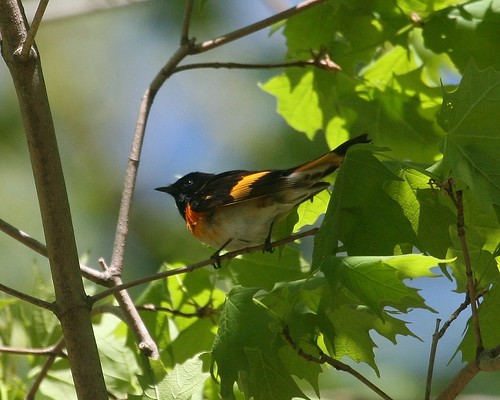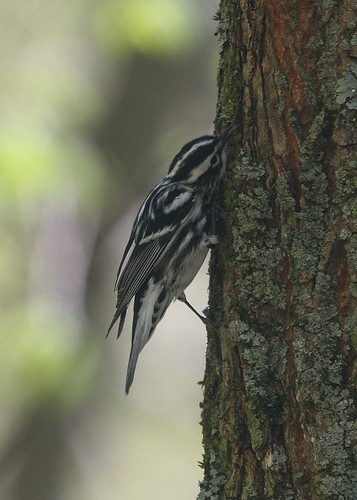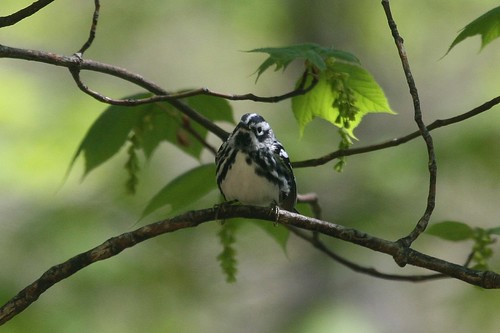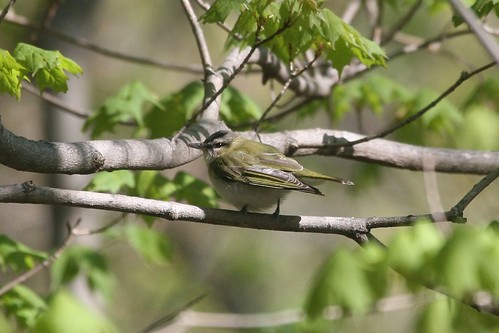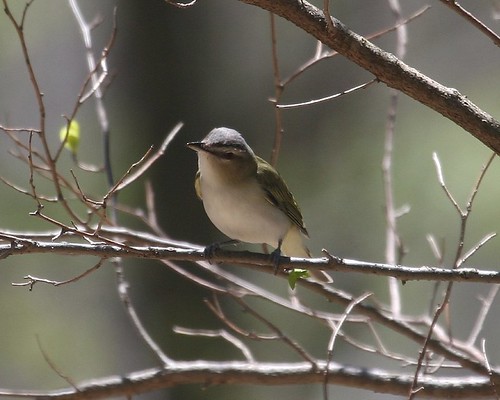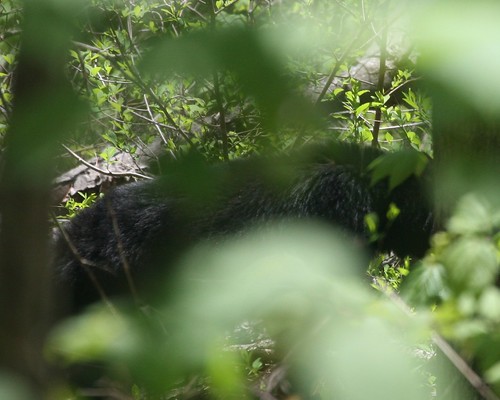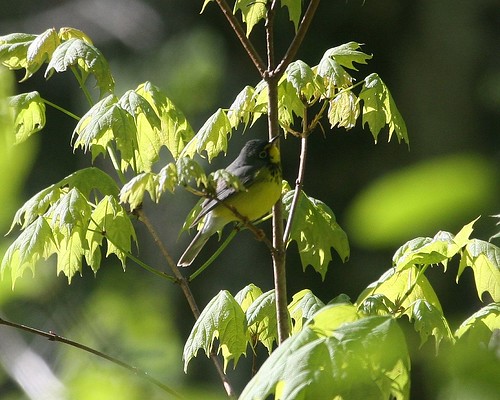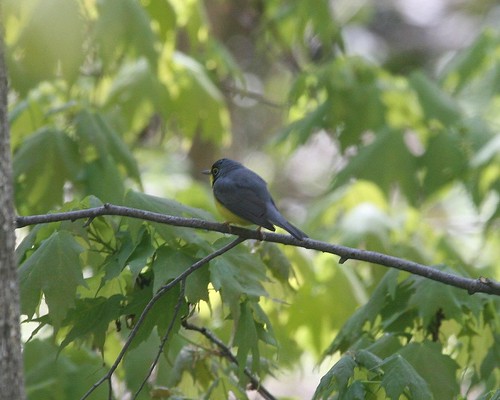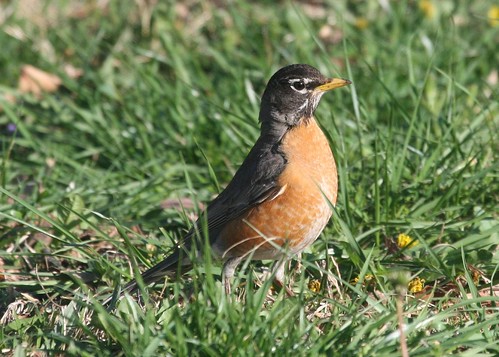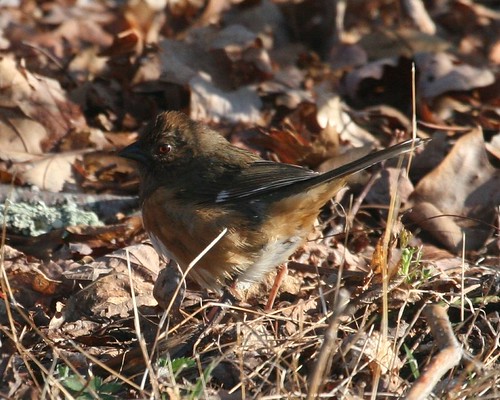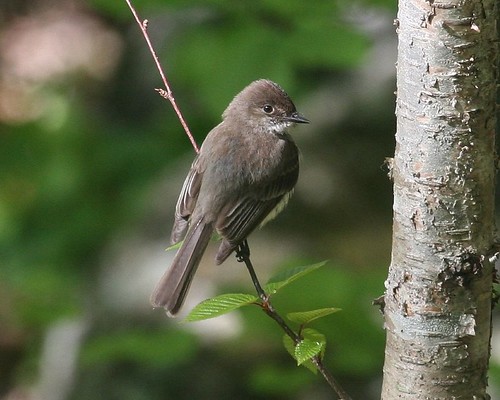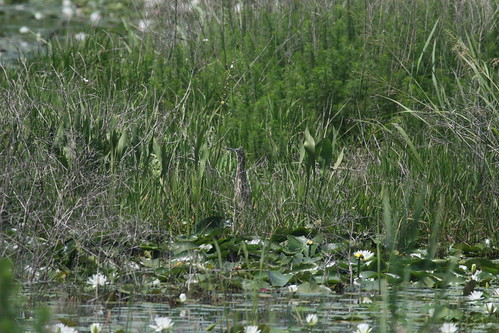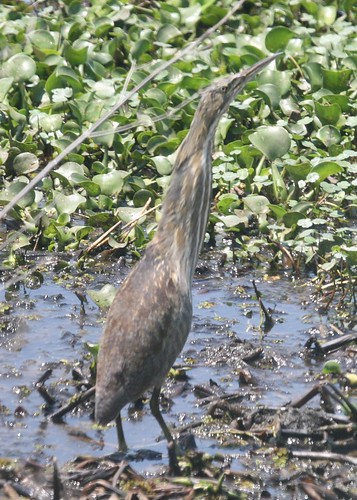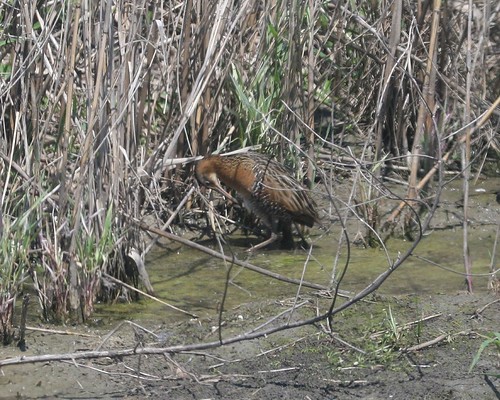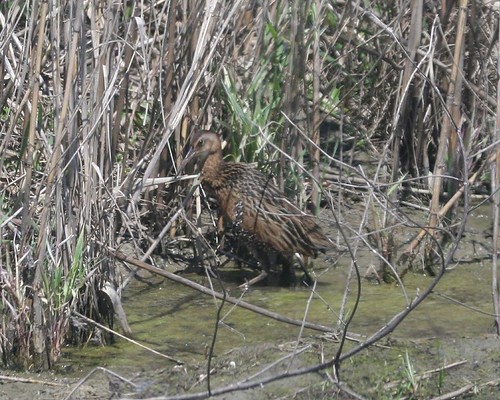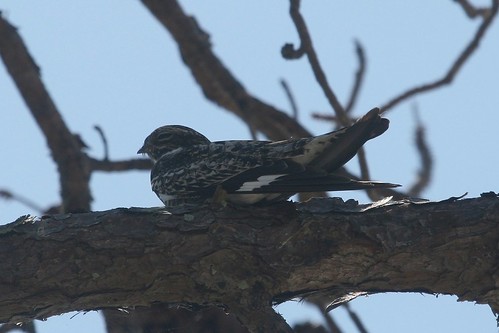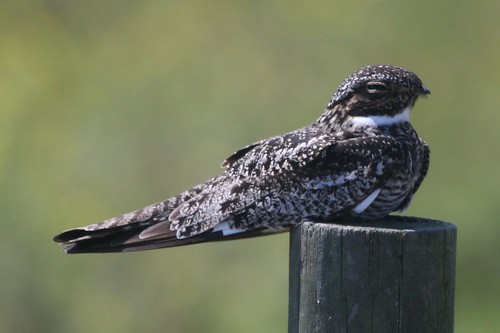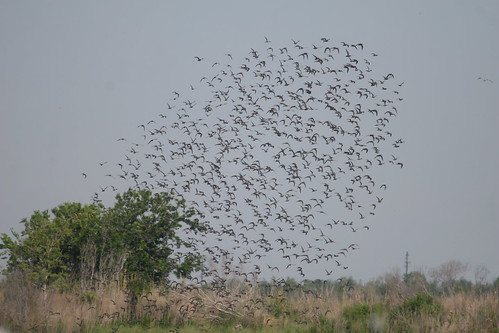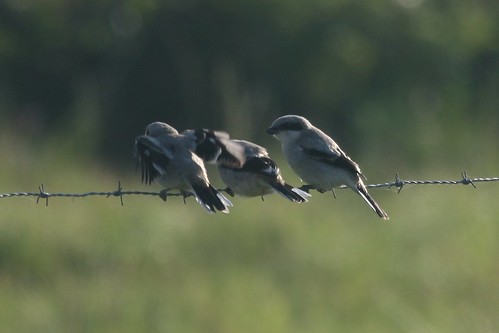When I got back from Louisiana, I speculated that I might visit
Shenandoah National Park this weekend. One of my favorite places to bird watch during spring migration is
South River Falls Trail. It is easy to get to, always a good hike, and, during spring migration, there are lots of birds to see. Today was no exception.
I arrived at the trail head around 8am this morning. It was a tad cold for early May, and I had to start with gloves and a wool hat to cover my ears. The gloves came off within 30 minutes because it was too weird taking pictures with them on. The hat came off in another 90 minutes after things warmed up a bit more. At first, I was afraid it was going to be a waste of bird watching time because there were very few birds at the trail head. But as I walked down the trail towards the fall, three things happened: it got warmer, the trees got leafier and the birds started making their presence known.
Today turned out to be an 11 warbler day, including a lifer for me:
Cerulean Warbler. I realized today that I had been confusing the Cerulean's
song with the
song of
Northern Parula. What I thought of as the "short cut" Parula song was really the Cerulean. It was great when I connected the song with the bird, because I realized what I had been missing on my previous trips to this trail.
Other highlights included seeing 2
Scarlet Tanagers, 2
Blackburnian Warblers, 1
American Redstart and 1
Red-eyed Vireo all stopping in the same two trees in front of me within about 5 minutes of each other. I just stood there and tried to take pictures as they flew in, hopped about and then flew on to their next stop.
And, to top it off, I also saw a
Black Bear. I was standing on the trail watching the trees for birds (a pessimist would say that I was resting on my way back up from the falls :-) when I looked down the slope and saw something move. It was black, furry and not small. I actually got a couple of pictures of it, but its head is behind a tree so all you see is a big black furry body. It either lay down to sleep, or has much better stealth than I thought, because I never saw it again despite looking for another 10 minutes.
So, where are the pictures? They are coming. I took a ton of pictures so there are bound to be a few good ones in there. I think I have a couple more to share from my last Louisiana field trip, and then I will start working my way through the photos from today. If you are a glutton for punishment, you can look at all of the thumbnails from today here. As I write this, all of the thumbnails are uploaded, but there are still 255 full-sized images to upload (they should be done by uploading by tomorrow). None of the junk or repetition has been hidden, and nothing has been cropped.
[Edit: removed link to thumbnails at Phanfare]
